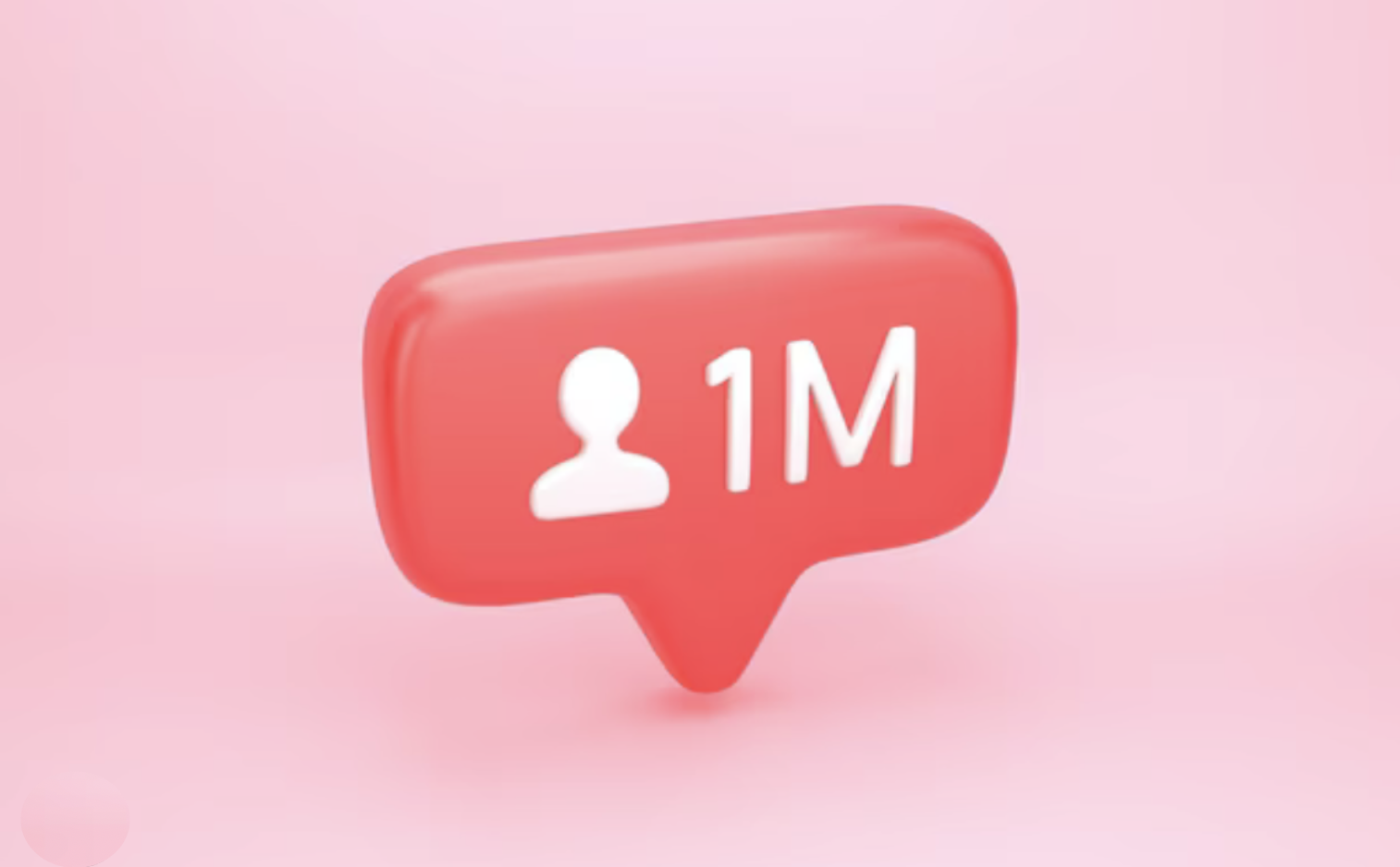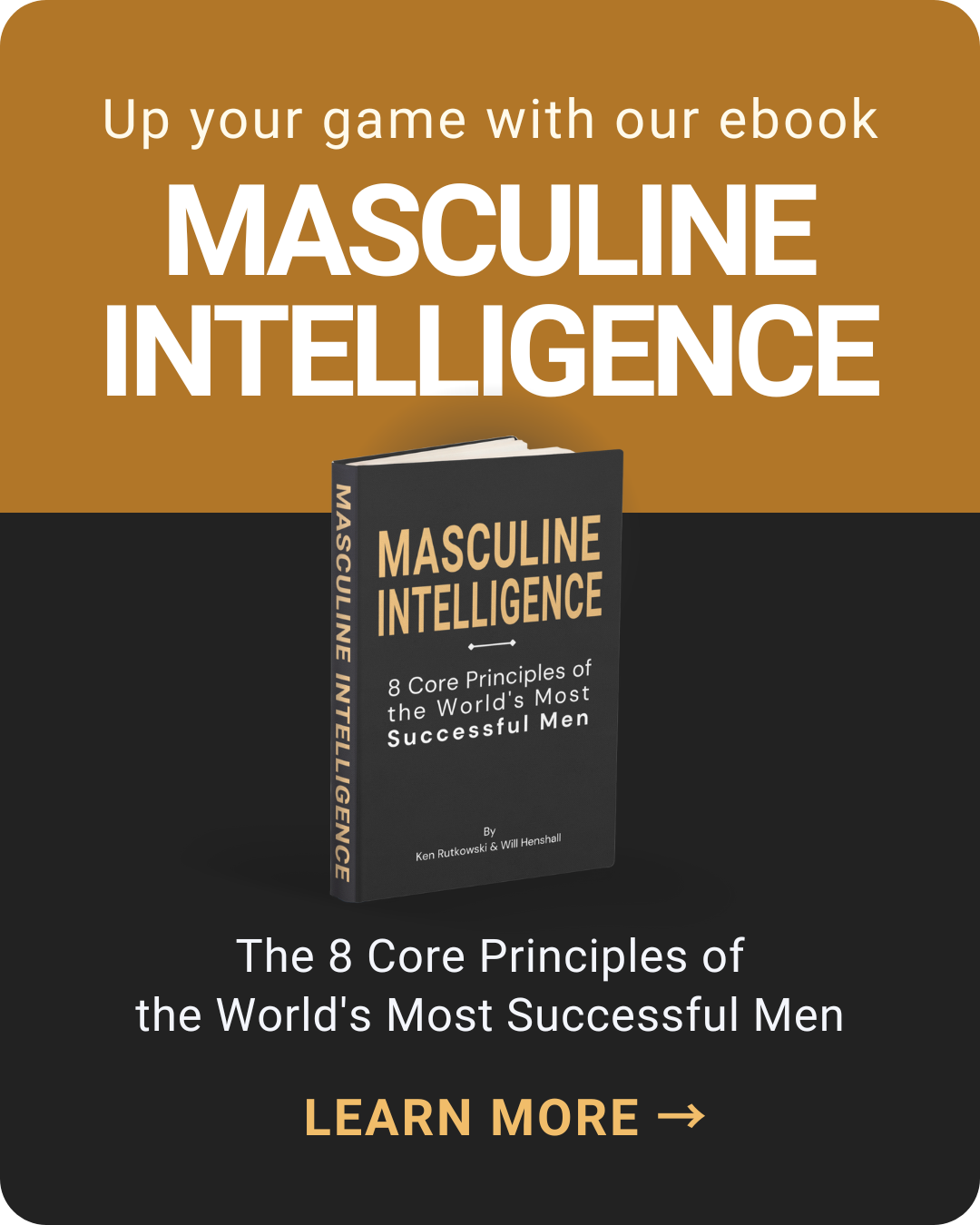
Brendan Kane knows your brain.
And he should. He’s learned from the best.
That’s why he knows the real reason why Myspace and Friendster died while Zuck got Maui-mega-bunker rich.
He also knows how you can succeed as a content creator where others flounder.

Kane, now working out of London and Lisbon, started in social media in 2005 and studied under BJ Fogg, who started the Persuasive Technology Lab at Stanford University. Fogg advised the founders of Facebook early on and taught the founders of Instagram his principles of pure behavioral psychology. Nir Eyal, who wrote the book Hooked, studied under him as well.
Watch Brendan Kane at METAL
“Myspace and Friendster died because they didn't have BJ Fogg’s behavior loops,” Kane explains. “It’s pure behavioral psychology. Facebook and Instagram thrived because they have a team of behavioral scientists that relentlessly study the data of user behaviors, making sure people stay addicted to these platforms. Now TikTok is killing it, too. Every platform has to do this to compete and make sure that they don't lose attention to the other guys.”
IT’S THE STORY, STUPID
Kane is clear on what’s working today.
“Rule one: get people to know, like, and trust you. Home in the content format you're using, and become a masterful storyteller within that specific format. Do that, and then people will follow you to other platforms, wherever you want them to go, and they’ll do whatever you want to do.”
As an example, he highlights a client known as Tanner Leatherstein. “He came to us with less than 2,000 followers and virtually no social media experience. He was a leather craftsman, selling handbags and purses and wallets. Before working with us, he just showed videos of his handbags or purses he made.”

Kane and his team developed a format for Leatherstein called Is It Worth It? The formula was simple: Leatherstein would take, say, a $500 handbag and deconstruct it on screen, telling you whether it's worth the price or not.
“That single format took him to over two million followers across social media platforms. Note – he's not doing calls-to-action. Just pure expertise related to the product he sells. He's built so much trust and credibility with his audience that they'll research him on Google, they'll click his link in his bio, they’ll proactively explore to learn more, and ultimately buy from him.”
Kane points out there are important nuances in creating the right funnels, landing pages, remarketing strategy, and text messaging. “But if your fundamental content is really dialed in, you can drive massive growth and massive sales pretty quickly.”
STARTING FROM SCRATCH
Whether you’re starting out or already have an audience, you have to become an expert in the one favorite or most relevant platform for your business. Anchor there. It’s the old Bruce Lee adage of "I fear not the man who has practiced 10,000 kicks once, I fear the man who has practiced one kick 10,000 times.”
Second, you have to choose whether you want to focus on short-form or long-form content. “If you want to do long-form, YouTube is the only player that is set up for that. Tiktok, Facebook, and Instagram have tried to adopt long-form formats, but it's never really taken, because their short-form consumption behavior was ingrained very early on. YouTube also now has YouTube Shorts, which are gaining traction fast.”

Once you have your platform and your form chosen, focus on content format structures that work.
For example, he says, “a lot of top content creators are now using something called ‘Two Characters, One Light Bulb.’ That’s where the same person plays both the expert and the novice, and they go back and forth debunking a common myth.”
Also effective, he says, is the kind of “visual metaphor” teaching that Dr. Julie Smith has been using to blow up on TikTok. Attention is tenuous when scrolling, so she’ll use simple physical objects to convey complex mental health ideas, comparing the mind to a garden that requires regular care and attention, or, showing a wave, and explaining how anxiety can be “ridden” rather than resisted.
HOW MUCH? HOW OFTEN?
The rules of the social media game are always changing. “These platforms used to favor frequency when there were fewer creators. But right now, it's really favoring quality and retention.”
He recommends that if you’re starting out, “Sure, you can post every day if you're learning what works with each post.” But simply posting every day is not the key to success and growth. Neither is fancy lighting or set ups. “It's your ability to master the art of telling a story through a consistent format.”
And that means a return to authenticity.

“People consume so much content on these platforms, so we’ve become professionals at consuming it without even knowing it. Today, at a subconscious level, within the first two seconds, if we get the sense that this is an ad or somebody’s just trying to sell me something, we’ll move on to the next piece of content. So sometimes that high polish can kind of trigger us to leave. We can see this is not gonna tell a compelling story.”
If you can hook their attention, the algorithms will follow.
“If you're new or only have say, 1000 followers and you put a piece of content out there,” Kane explains, “the algorithms will seed it with ten people to see if you get good retention. If they simply don't spend a lot of time with it, the algorithm will cut your reach right there. But if the viewers stick around to see what you have to say in your video, you’ll get shown to more people. That’s the difference between somebody starting out and somebody like Mr. Beast who will be given ten million views in the first hour. That's because he's built up so much favor and trust within the algorithms.”
As for the lesser platforms, Snap, he says, is resurging with the younger demographic who are using it as their primary messaging platform. But the general audience size is small.

The X audience size is also relatively small and people use it mostly for consuming (or perhaps more accurately, obscuring or fabricating) news. Kane says it's valuable for the right businesses who want to connect with that kind of audience. “If what you’ve got is controversial,” he adds, “X is the place.”
Similarly, LinkedIn is good for a very targeted audience, for example, if you’re selling luxury real estate or business services.
In short – master your platform. Study BJ Fogg’s behavioral psychology; reading Eyal’s book, Hooked, is probably your quickest start. Demonstrate sincere expertise. Make it simple, and tell a powerful story in an easily digested format. Speak to your audience, not to everybody.
And stay consistent.
Written by Adam Gilad
Trending Now
A Remote Outpost of the Philippines in the South China Sea is on the Front Line of Potential Geopolitical Conflict: On Thitu, a small coral reef island in the South China Sea located approximately 300 miles off the coast of the Philippines, the inaugural Mrs. Kalayaan Pageant was a significant event that garnered attention from the local community. During my visit in May, the entire population of the island, which consisted of around 250 individuals, had assembled around a nautical-themed stage to witness the crowning of the deserving winner. It may be presumed that a regional beauty contest would solely focus on aesthetics, but in reality, it intertwined with geopolitical elements. (The Atlantic)
There’s a Test that can Identify a Urinary Tract Infection in 45 Minutes: Between 50% and 60% of women may encounter at least one urinary tract infection (UTI) during their lifetime, with roughly half of the causative bacteria showing resistance to a minimum of one antibiotic. UTIs may lead to severe sepsis. Nonetheless, due to inadequate diagnostic tests, physicians frequently rely on symptoms for diagnosing infections and prescribing suitable antibiotics. Misuse of antibiotics fosters resistance, enabling bacteria to evade treatment. (The Guardian)
Where are the World's Women Scientists?: The share of women researchers grew over the past two decades, but there is a wide gap across countries, according to a new report from publishing giant Elsevier. Women's participation in science influences what topics are studied and what products are invented – from health products to AI algorithms. Studies have repeatedly found that gender-diverse teams are more innovative. (Axios)



